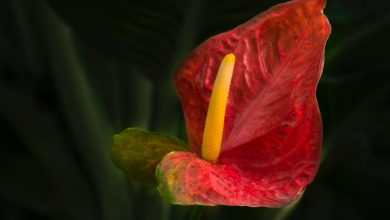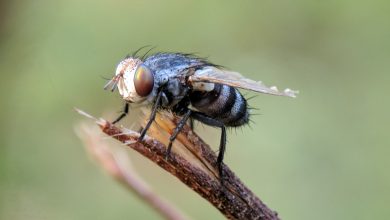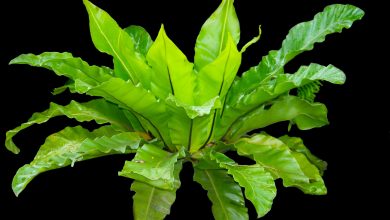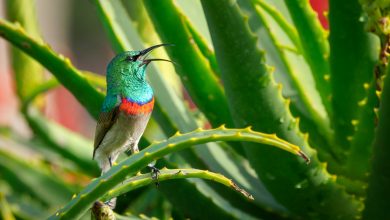Best Low Light House Plants
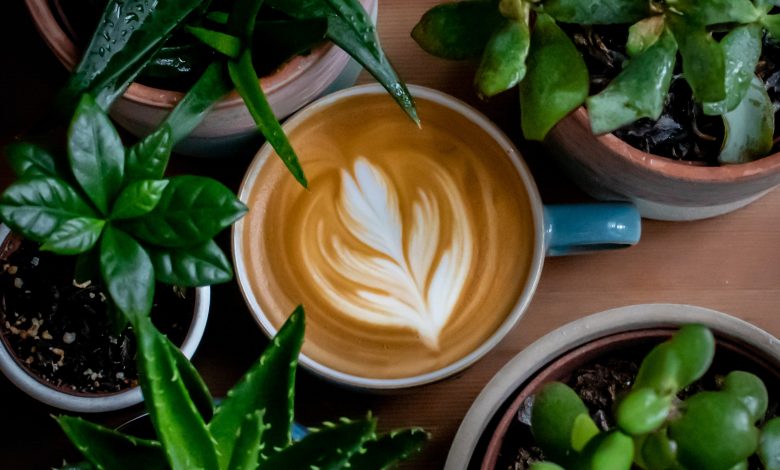
It’s a fact that plants require sunlight to survive. However, plants do not all require the same amount of light; some will need to be in the open to soak up as much sunlight as possible, others like the Hindu rope plant do not fare well in direct sunlight. Still, some do not mind the low light conditions of a room, basement, or office. Here’s a list of the best low light house plants.
ZZ Plant (Zamioculcas zamiifolia)
Also called the Zanzibar Gem due to its East African origin, the ZZ plant, with its glossy dark green leaves, is amenable to a host of conditions, including drought, low humidity, and light. The high tolerance of this plant to different situations and its small size (three to four inches) make the Zanzibar Gem an easy to maintain house plant that you can readily incorporate into any office or home space.
Tip
The glossy oval leaves of the ZZ plant will begin to look dull over time as dust accumulates. Using a commercial leaf shine may clog the pores of the plant. Instead, use a damp washcloth.
Spider Plant (Chlorophytum comosum)
The spider plant is one of the easiest crawling house plants to grow. They thrive in bright light but will not object to low-light conditions in places such as bathrooms, hallways, and dark rooms. The leaves are sometimes a solid green, but the most prevalent variety comes with white variegation.
While moderate watering does good for the spider plant, it can survive extended periods without water and not appear worse for wear.
Tip
Spider plant leaves might turn brown at the tip. When this happens, snip off brown tips and increase humidity with a humidifier or water-filled pebble tray.
Lucky Bamboo (Dracaena sanderiana)
“How can bamboo be lucky?” you might ask. Well, this plant is not at all a bamboo, even though they have similar looking shoots. The first part of this plant’s name stems from the belief that it brings luck to the owner, especially when presented as a gift.
Owing to its flexibility, you’ll find the lucky bamboo in an array of arrangements, such as braids, curls, and heart shapes. This unique feature of the plant and its tolerance of low lights makes it an easy addition to any home or office space, notwithstanding the decor.
Tip
This is a water plant. You may grow it in well-drained soil, such that it is moist but not soaking wet. In either case, the plant is susceptible to chlorine and other chemicals found in water. Use distilled water or allow tap water to sit for 24 hours before using it.
Baby Rubber Plant (Peperomia obtusifolia)
Despite its name, this little plant with its spoon-shaped leaves is unrelated to the actual rubber plant (Hevea bransiliensis). The baby rubber plant is native to the tropics of South America.
The leaves of this plant are typically colored deep green but could have white or yellow variegation. Besides being small and compact (can grow up to one inch), Peperomia obtusifolia is also pet-friendly. Its tolerance of low light makes it the ideal houseplant.
Tip
This plant will do well in average room humidity. As an epiphyte, the ideal soil for this plant is a well-aerated one, like an orchid mix. Water the plant infrequently to prevent root rot.

Nerve Plant (Fittonia spp)
You can add color to your living room or office with the nerve plant, which is a tropical plant native to Peru, Colombia, and other parts of South America. The plant’s small leaves are primarily olive green with veins of red, pink, or white.
Its small size (6 to 12 inches) makes it a suitable house plant for window sills, tabletops, and terrariums.
Tip
Due to its native rainforest habitat, the nerve plant enjoys high humidity but moderate watering. Excess water will cause root rot, and not enough moisture will cause the leaves to wither.
Arrowhead Plant (Syngonium podophyllum)
American evergreen, five fingers, and nephthytis are some of this plant’s other names. But it derives its common name from the shape of its leaves, which may be variegated green and white or bronze. As the plant advances, the foliage changes from arrow-shaped to lobed.
At the early stages, the arrowhead grows as a compact mound, but as it matures, it begins to vine, making it ideal for hanging from baskets or to climb trellises. But if you’d prefer it to remain on tables and other surfaces, you can easily prune the vines to maintain the bushy appearance.
Tip
As an indoor house plant, the less variegated variety is more suited for low light conditions.
Monstera (Monstera adansonii)
Swiss cheese plant is the monstera’s nickname. The moniker refers to the large heart-shaped, deep green leaves, which develop holes and cuts as the plant matures.
With origins in the South and Central Americas, the monstera is easy to manage and will not object to low light, although its growth will be slow. The plant has vine tendencies and will start climbing as it matures. If you’d prefer the plant remaining in the form of a mound, you can prune the vines.
Tip
You’ll need to provide the monstera with a stake or support when it grows larger.
Ponytail Palm (Beaucarnea recurvata)
Native to the arid regions of Mexico, the ponytail palm gets its name from its tuft of frilly green leaves atop a bulbous stem. It’s among the easiest of palms you can grow indoors.
Elephant foot palm is another name of this plant; the name references the thick base of the plant, closely resembling the foot of the large animal. The ponytail palm is tolerant of varying conditions, including low light.
Some varieties of these plants in nature will grow into full-sized trees as tall as houses, and others will make for excellent tabletop plants.
Tip
This is a slow-growing plant, and like all palms, you shouldn’t trim it at the top. The soil for the plant should be fast draining.
Calathea (Calathea species)
With its bold and colorful leaves and the capacity to thrive in low light, the calathea is an excellent choice for an indoor plant. A popular variety has curved lush leaves that are green and silver-flecked with a purple underside.
Calatheas will eventually grow up to three feet, but while they’re still small, the colorful foliage of the plant will go well on any table. Fully grown calatheas are excellent floor plants.
Tip
Water the plant frequently, but not so much that the soil becomes saturated. Calatheas enjoy ample amounts of humidity; else, the leaves will lose color and turn brown.
Corn Plant (Dracaena fragrans)
The leaves of these plants are dark green with lemon-green stripes in the middle, closely resembling those found on maize.
Sometimes called a false palm because of its leaves, which grow from the top of cane-like stems, thus giving the appearance of a palm tree, the corn plant has air purification properties; it can filter out formaldehyde from the air. The plant is well suited to different styles of decor and has been in use as an indoor plant since the late 1800s.
Tip
Corn plants, like calatheas, also enjoy ample amounts of humidity. You can achieve the required moisture by using a humidifier or a water-filled pebble tray. Alternatively, you can place it in the bathroom.
While the plant will grow in low light, it may lose its deep green color. Move the plant to brighter light for a period before returning it to dim light.
Chinese Evergreen (Aglaonema)
This house plant is highly decorative and easy to maintain. The Chinese evergreen is slow-growing and has large oval leaves, which, depending on the variety, could be green, silver, variegated, or have red and pink hints.
The beautiful foliage of this plant and its adaptability to low light has earned it a place as one of the best indoor plants.
Tip
Moderate watering is best for the Chinese evergreen plant. Always allow the soil to get dry before watering again. Use a damp cloth to clean the leaves when dust accumulates.

Snake Plant (Sansevieria trifasciata)
Also known as the mother-in-law’s tongue, the plant is an architectural species. It has green, rigid, upstanding, bladelike leaves with yellow edgings that can grow anywhere from six inches to eight feet high.
This plant is perhaps the least challenging houseplant to care for, given its tolerance to different growing conditions, including dim light. The dwarf variety would do well as tabletops, and the taller ones will make excellent corner pieces.
Like the animal this plant borrows its name from, it is mildly toxic to pets and humans, but only if ingested.
Tip
Allow the soil to dry before watering. If you must err in watering, then underwatering is better, as too much water will kill the plant.
